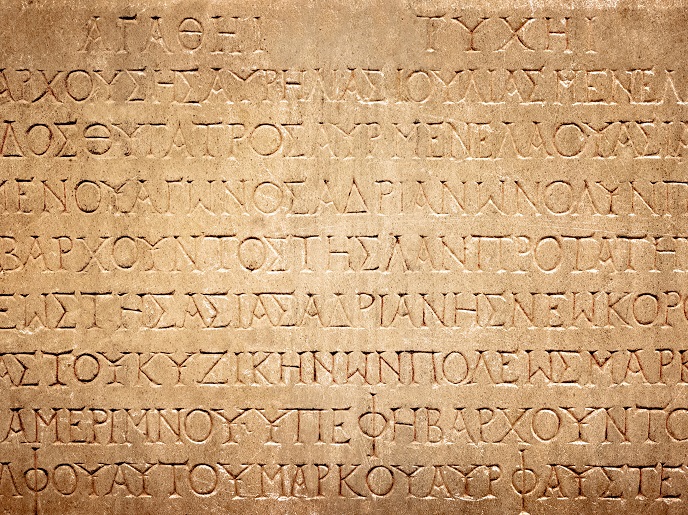Unravelling the relationships between early writing systems
What do ancient writing systems mean in social and cultural contexts? What can the links between them tell us about former societies, and how information spread between them? These questions often go unanswered, as writing systems are boiled down to a basic method of linguistic representation, visualising essential connections in ‘family trees’. “Such simplistic ways of understanding writing gloss over the complex ways in which writing is passed on and adapted from one society to another,” says Philippa Steele(opens in new window), senior research associate from the Faculty of Classics at the University of Cambridge(opens in new window) and CREWS(opens in new window) project coordinator. In the CREWS project, which was funded by the European Research Council(opens in new window), a team of scholars set out to understand the development of ancient writing systems and practices, and how they existed in a cultural context. “We sought to use interdisciplinary approaches to create a more holistic conception of what writing meant to people around the ancient Mediterranean,” notes Steele.
Exploring ancient inscriptions
The project focused on several case studies of inscriptions from the ancient Aegean, eastern Mediterranean and Levant. These represent relatively mature writing systems, and offer much to analyse in terms of contact and social context. “The wider eastern Mediterranean area has unparalleled value for studying a number of writing systems that thrived in this strongly interconnected area over the course of the 2nd and 1st millennia BC,” explains Steele. Some of these writing systems are related, such as the alphabetic system originally invented by speakers of a Semitic language in Egypt, which would go on to inspire the Phoenician, Greek, Phrygian, Etruscan and Roman alphabets (among others).
Analysis from a range of approaches
The CREWS project assembled a team of scholars each bringing their own expertise, such as linguistics, epigraphy and archaeology. This meant the researchers had to find new approaches to linguistic analysis that worked in synergy with each other. “For instance, linguistic and material approaches to inscriptions are usually done separately, but by bringing them together we can show how changes in writing techniques and implements actually also affect the repertoire of signs and sign shapes used in a writing system to convey linguistic information,” explains Steele. The project also established a new agenda for studying the context of writing as a social practice, one which relies on sociocultural customs and attitudes.
Forging new links in the academic community
The project produced a wide range of new findings. The use of alphabetic cuneiform in the Bronze Age city of Ugarit, in modern-day Syria, for example, can be seen as a response to complex social and political tensions at the time. ”Interdisciplinary approaches are necessary to gain a proper understanding of what writing is and does,” adds Steele. “No two writing traditions are the same.” The CREWS project also held three successful conferences, including one in 2019 – Exploring the Social and Cultural Contexts of Historic Writing Systems(opens in new window) – which fostered particularly long-lasting collaborations between a number of scholars from across disparate fields. The conference also led to new research efforts to support endangered writing traditions of the modern day. “Beyond the individual research successes of the project, I was particularly proud to have created a ‘brand’ in CREWS that became well known globally among both academic and non-academic audiences,” says Steele.







